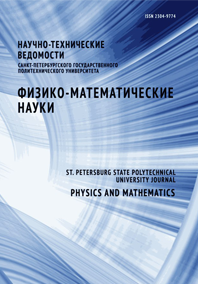Influence of polarization reference frame rotation on groundreceiver error rate in satellite quantum key distribution
Quantum key distribution (QKD) in a space-Earth communication link is a difficult technical task. Aside from precise mutual pointing of the optical axes during the satellite QKD session, the polarization reference frame coincidence of the satellite and the receiving station is also required. Satellite motion causes a rotation of the polarization reference frame in respect to ground station measurements of quantum states, which contributes to the error rate in time. In order to reduce the quantum bit error rate, we designed and tested a polarization correction device for the receiving ground station that is included as a part of our data analysis and processing module. We have measured the polarization properties of the ground-based receiver and showed the evolution of four polarization states over time for a typical satellite passage. An average polarization extinction ratio is equal to 200:1 for the optical free-space receiver. We have calculated the maximum permitted deviation of the polarization reference frame at the performance of the compensation system, which is less than 5.8 degrees when bit error rate is equal to 1,5%.


